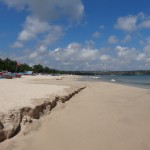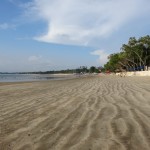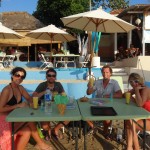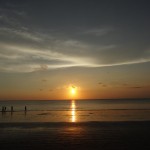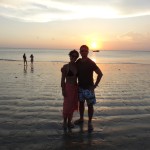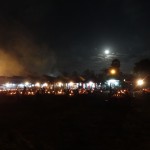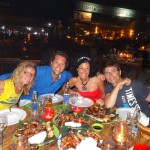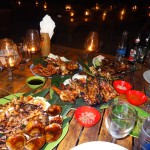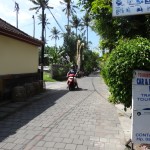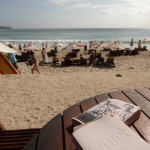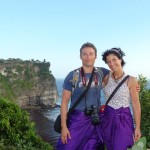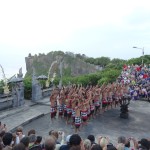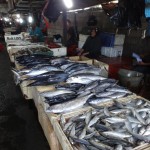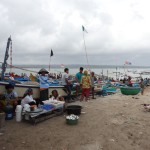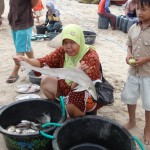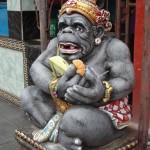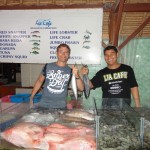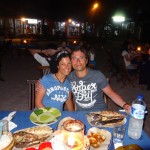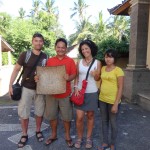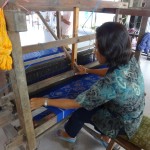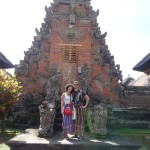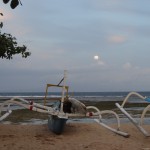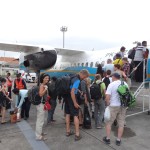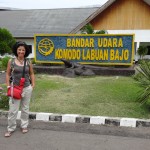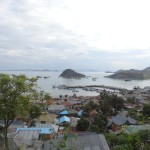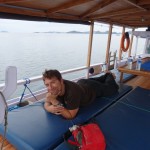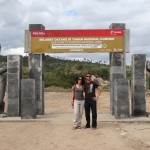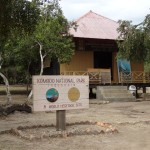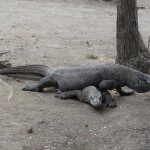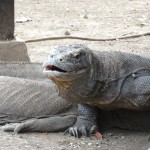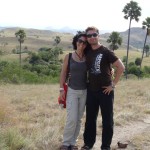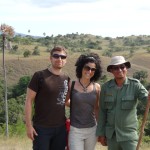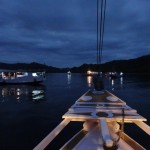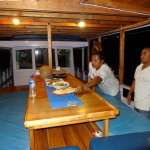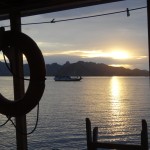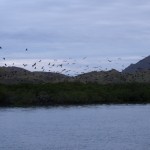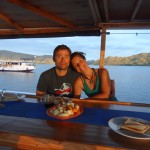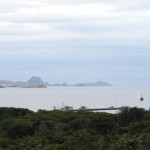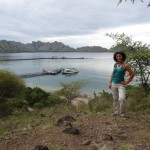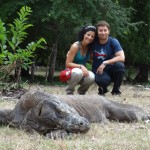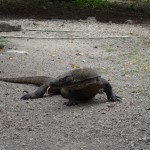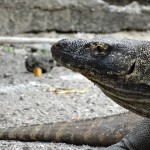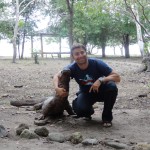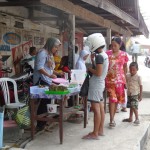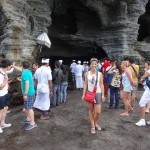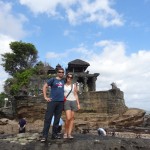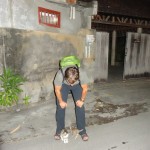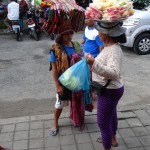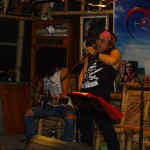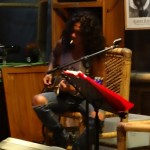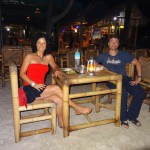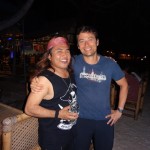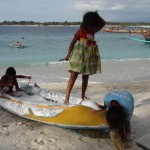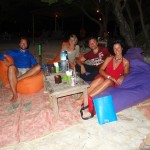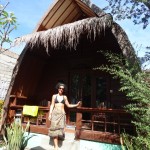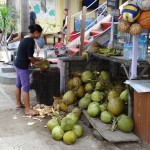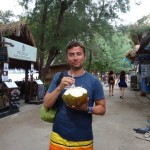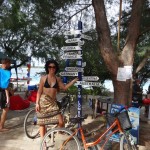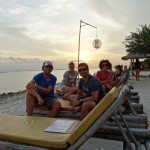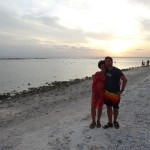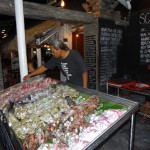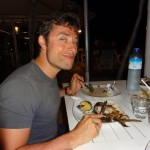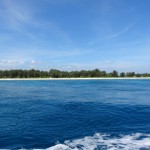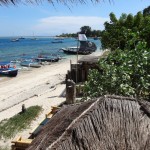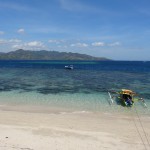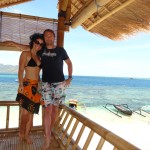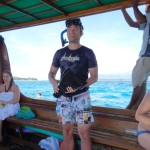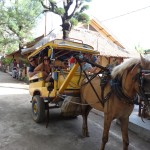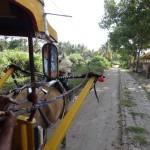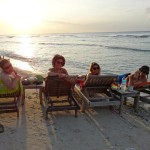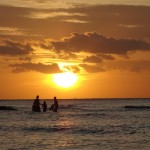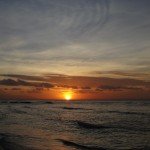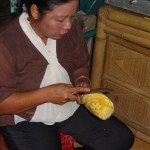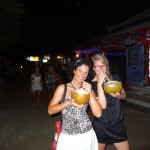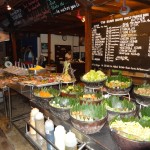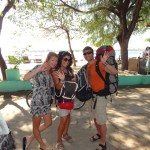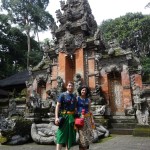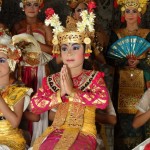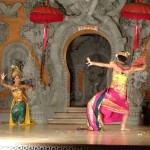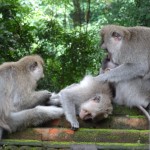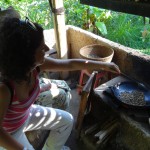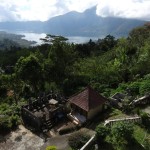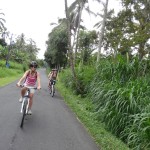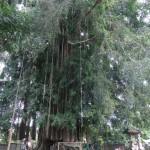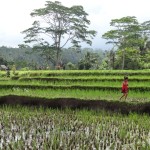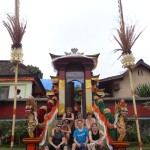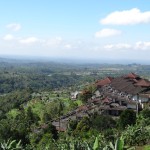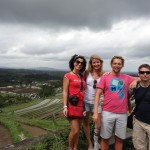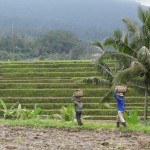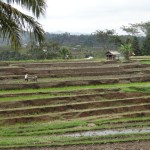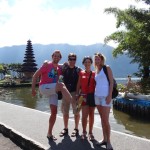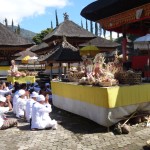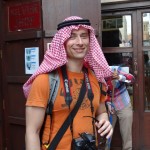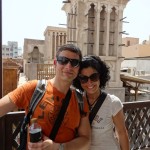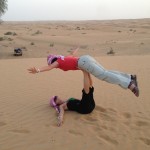Posted from Kuta, Bali, Indonesia.
On Tue, Jul 23 morning Flavia and I loaded all our travel possessions into the van of our driver Jack and got ourselves transported to the very south of Bali. Our destination was Jimbaran, a small town on the coast known for its fairly nice beaches and above all its evening fish restaurants that magically appear across the beach and host hundreds, if not thousands, tourists to seafood feasts.
- Jimbaran Beach
Jimbaran Beach
- Jimbaran Beach
Jimbaran Beach
- Reunion with Joost & Liselotte
Reunion with Joost & Liselotte
- The sunset at Jimbaran
The sunset at Jimbaran
- The sunset at Jimbaran
The sunset at Jimbaran
- Beach restaurants selling seafood at Jimbaran
Beach restaurants selling seafood at Jimbaran
- Dinner at Jimbaran South Warung
Dinner at Jimbaran South Warung
- Dinner at Jimbaran South Warung
Dinner at Jimbaran South Warung
- The scooter crash
The scooter crash
- Padang Padang Beach
Padang Padang Beach
The south of the island is where majority of tourists go. It’s packed with youths, bars, western franchise shops and prices are double or more of what one finds elsewhere in Bali. The touristy centres are Seminyak and Kuta. Jimbaran, on the other hand, is keeping some level of genuine Balinese character, but as the resorts from its southern end spread out, it is very likely to lose that too. Then there is also the resort capital – Nusa Dua – where one gets confined behind closed gates and I’m sure hardly ever meets any locals other than the staff of her hotel.
We spent four days in Jimbaran with the objective to relax and wind down. The objective was met. One afternoon we hired a driver to take us to a couple famous beaches south of Jimbaran – The Dreamland Beach and The Padang Padang Beach. They are both great for surfers, but we found neither to be particularly exceptional. Our evening ended with the walk through the Uluwatu temple, which stand among the touristic highlights for those who settled for group tours and hardly stick their heads out of the resort. The place is packed with clumsy tourists who fall over each other taking unmemorable shots. The temple is nice, but ranks in our view way below Tanah Lot or Ulun Danu. Our evening closed with a Kecak dance performance, which is one of the typical Balinese dances. This one is accompanied by an orchestra of men singers who imitate instruments. The dances tell Hindu stories.
- At Uluwatu Temple
At Uluwatu Temple
- Monkeys at Uluwatu Temple
Monkeys at Uluwatu Temple
- Kecak dance @ Uluwatu
Kecak dance @ Uluwatu
- Fish market at Jimbaran
Fish market at Jimbaran
- Fish market at Jimbaran
Fish market at Jimbaran
- Fish market at Jimbaran
Fish market at Jimbaran
- Fish market at Jimbaran
Fish market at Jimbaran
- Hindu celebration - monkey statue with offering
Hindu celebration - monkey statue with offering
- Shopping for dinner at Lia's Warung
Shopping for dinner at Lia's Warung
- I last night dinner in Jimbaran
I last night dinner in Jimbaran
One night we also ventured to see one of the touristic centres – Seminyak. This only reaffirmed us that we made a good choice staying away from it. Allegedly Kuta is worth. All that I wrote above applies, so if you want to see Bali, well, this is not it.
Three nights out of four we chose to enjoy the Jimbaran speciality, which are the restaurants setup on the beach offering variety of grilled fish. The restaurants all offer very much the same food. The prices differ, as the northern establishments mostly accommodate tourists that come on a bus and hence pay twice or three times the price they would otherwise pay 5min walk down the street. The food is delicious and I could have it over and over …
All the good things must come to an end …
We truly enjoyed our stay in Bali and its surrounding islands. We have determined that we will come back one day, as there is still so much more to do and see here.
If you plan a trip to Bali yourself, let me state here a few take aways that might come useful:
- Balinese people are probably the most polite society you will meet in the world
- The locals are grateful to you for coming and visiting Bali, they will thank you for it and they will want you to enjoy your stay
- Bali isn’t a “knowledge society”. People typically know only what is absolutely necessary for them; however, when asked a question they ALWAYS answer even if they have no clue. Bring your guide or your iPad
- Always check your bill. Basic algebra isn’t a local strength. It goes both ways. Often you’re charged less than what you should pay.
- Many people never studied English, but they will always try to help and engage. Although on a basic level, you will always get by.
- Prepare to negotiate prices just about of EVERYTHING, but take it lightly. Unlike let’s say in … Cuba … once the price has been settled, everyone is friends again and you’ll get the best service possible.
- Start your holiday in Ubud and work your your way north, east and west. The south is where you’ll find an “industry” to pull money out of your wallet. Only go south to see it, but don’t spend too much time there.

